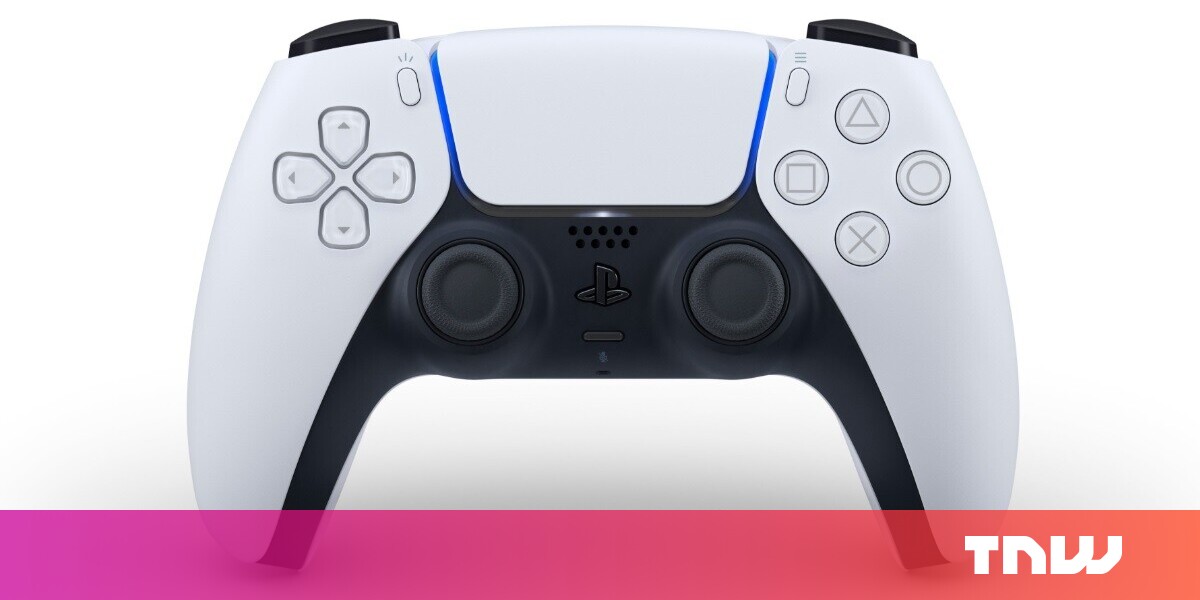#E-commerce PPC Perfection: Profitable Ad Campaigns

Table of Contents
The rapidly evolving e-commerce landscape means you must work smartly to stay ahead of your competitors. One way to work smartly is to use PPC (Pay-Per-Click) advertising for your e-commerce.
It’s a targeted online advertising strategy that puts your goods and services before your target audience. PPC works in a focused way, allowing you to use specific keywords for particular demographics. This ensures that your ads reach the people who are truthfully interested in your products. It’s like personalized shopping.
This article is all about PPC advertising, its benefits and challenges for e-commerce, some fundamentals, how to build a successful PPC campaign, and optimizing it for profitability.
Benefits and Challenges of Using PPC Advertising
There are many upsides of using PPC marketing for your e-commerce store. Some key benefits are:
- Targeted Traffic
- Flexible Budgeting
- Measurable Results
- Brand Building
- Fast Results
However, there are some challenges to using PPC as well. Effective PPC advertising requires mastery of the following skills:
- Keyword Research
- Landing Page Optimization
- Ad Copywriting
- Campaign Management
Thus, you need an effective PPC campaign for a successful e-commerce store. When used wisely, PPC can potentially launch your e-commerce store to the peak of prosperity.
PPC Fundamentals for E-commerce
The fundamentals of PPC for e-commerce include different types of platforms, bidding strategies, key metrics, ad formats, and targeting options.
Platforms for PPC
For platforms, you can choose Google Ads, Amazon Advertising, Microsoft Advertising, or different social media platforms like Instagram, Facebook, or TikTok.
Bidding Strategies for PPC
Some common bidding strategies include Cost-Per-Click, Cost-Per-Acquisition and automated bidding. Cost-Per-Click allows you to set a maximum limit for the amount spent per click. This option is ideal for budget control. Cost-Per-Acquisition requires payment from you only after conversion. This option maximizes ROI but requires a higher budget. Automated bidding is the third type, in which you trust the platform’s algorithms to adjust bids based on your goal. While this approach simplifies campaign management, it also forces you to relinquish some control over the bidding process.
Key Metrics, Targeting Options, and Ad Formats
Some key metrics to watch for PPC advertising are impressions, conversions, clicks, and ROI. Target keywords, different demographics, and audience interests. Don’t forget to do some remarketing!
You can utilize different ad formats for PPC advertising, including text, images, and videos.
Building a Winning PPC Campaign
A winning PPC campaign requires a strategic setup, precise targeting and bidding, and optimization of landing pages.
Strategic Campaign Setup
For a strategic campaign setup, you need first to define your objectives. What are your goals? Are you aiming for increased sales, brand awareness, or lead generation? Defining your goals for PPC is necessary for your next steps.
Next, set a realistic spending limit for your PPC campaign. The budget must align with your objectives and the estimated duration of the campaign. Remember to remain flexible in your budget for efficient allocation across different ad groups. You must also choose the best platform for your goals and target audience. WooCommerce Formula Based Pricing allows your e-commerce store to optimize prices dynamically, potentially influencing budgeting decisions for PPC campaigns.
Use different formats as needed. Note that it is not necessary to stick to a single format. You can change your ad’s format according to the audience. Text ads are cost-effective, while image and video ads captivate your target audience better through visual storytelling.
Identify the relevant keywords for your target audience through keyword research tools and competitor analysis. You need to organize these keywords into logical ad groups for PPC. This will enable you to allocate the budget efficiently. Finally, craft a captivating ad copy that resonates with your customers. It should highlight your unique selling proposition, too. You need to focus on urgency and clarity in the ad copy. Add a call to action as well.
Precise Targeting and Bidding
Precise targeting requires that you experiment with different targeting options. The goal is to reach the right customers at the right time. You should also experiment with various bidding strategies to maximize ROI, keeping your goals in mind. Furthermore, it is vital to continuously research keywords due to the constantly changing nature of e-commerce. Also, refine your keywords as needed.
Landing Page Optimization
This process is crucial for building a winning PPC campaign. You need to transition from the ad to the landing page seamlessly. Avoid redirects, ensure consistent messaging, continuity of visual elements, and a smooth tone to maintain interaction with the user.
Make a conversion-focused design for your ad. Make call-to-actions clear and prominent to guide users efficiently to the desired action. This will work to simplify navigation and will minimize distractions, too.
Speed is necessary in today’s fast-paced world. Users grow frustrated quickly with slow loading times, which works to decrease user engagement in the long run. Thus, you should optimize page loading speed for mobile devices and desktops.
You must carefully plan every detail of your PPC campaign to make it a profit-generating powerhouse instead of a financial black hole. Your dedication will allow you to succeed and ultimately increase sales and revenue.
Optimizing for Profitability
A successful PPC campaign isn’t a one-time effort. You need to refine your strategies continuously according to shifting trends. It is vital to optimize your campaign carefully to achieve maximum profits. In this section, we’ll discuss how you can optimize your PPC campaign.
Monitoring and Analysis
Previously, we talked about the key metrics to monitor. You can assess your campaign’s performance by tracking these metrics. Number of impressions is a quantifier of reach. It tells you how many times your ad was displayed. A large number indicates strong brand awareness but does not guarantee interaction.
Clicks tell you how many users clicked on the ad. It measures engagement and lets you know whether your ad is resonating with its target audience. Number of conversions is the ultimate success metric. It lets you know how many users completed the desired action, like purchasing, signing up, etc. It tells you if your campaign is getting the desired leads or revenue.
Finally, ROI (return on investment) indicates efficient allocation of budget. It is the ratio of revenue generated to the amount spent on ads.
It is crucial to understand that no single metric tells the entire story. You must analyze the metrics together to understand the campaign’s performance properly. For example, high impressions and low clicks indicate poorly targeted keywords. You need to refine targeting and ad messaging.
Budget Allocation and Adjustment
You can shift your budget across ad groups and campaigns based on data-driven insights for maximum reach. It ensures that the most effective parts get attention. Furthermore, you can use automation tools to free up time to focus on other tasks. You can automate the bidding adjustments and the campaign management.
Conclusion
We discussed creating a profitable PPC campaign for today, but what about the future? The e-commerce world shifts continuously with new trends in technology and consumer behavior. The future will bring AI-powered bidding, allowing you to refine your campaign in real time based on data analysis and market shifts. Voice search optimization will change PPC campaigning, too.
Therefore, it is essential to keep up to date on the latest trends in the industry. Focus on learning continuously so that you can adapt as needed.
by Motif Creatives
If you liked the article, do not forget to share it with your friends. Follow us on Google News too, click on the star and choose us from your favorites.
If you want to read more like this article, you can visit our Technology category.



